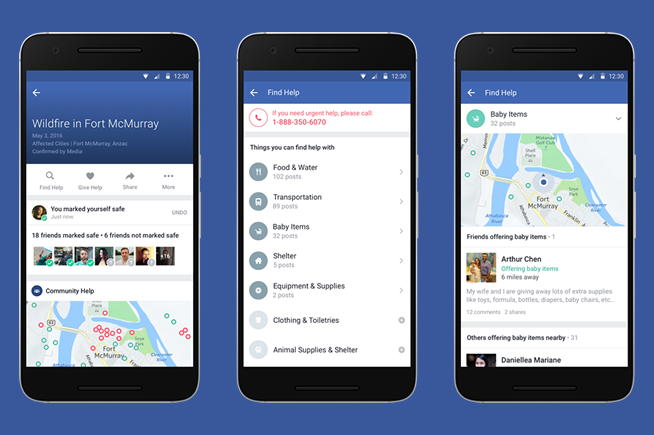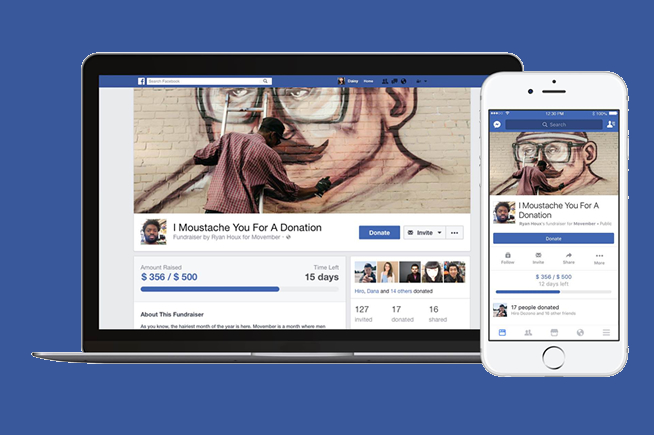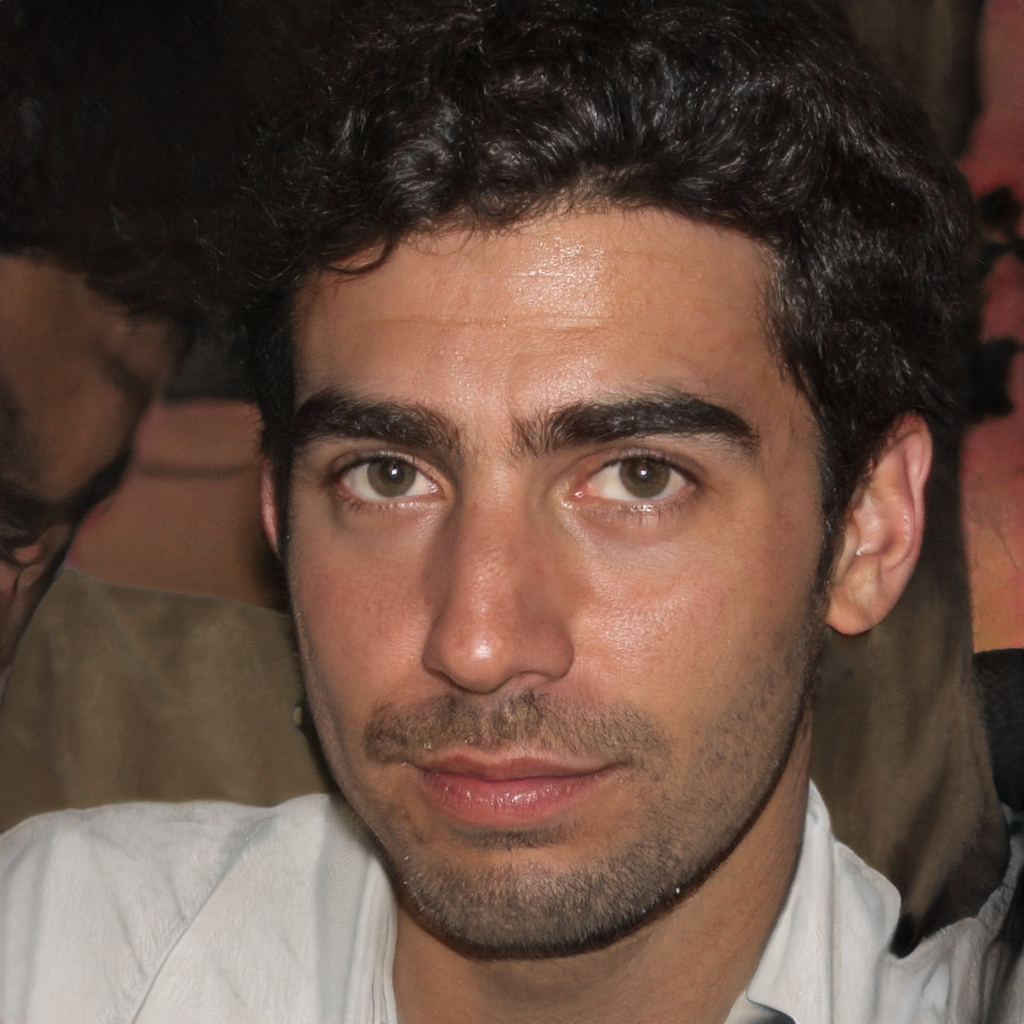Facebook, on the occasion of the first Social Good Forum, announces new tools to enable users to help each other in case of natural disasters, crises or abuse
Facebook, as Mark Zuckerberg explains in the opening video of the first Social Good Forum, is a community of users who often use the social network to ask and receive help from friends, or even strangers, in case of earthquakes, fires, abuse or even just personal crises.
It's a kind of spontaneous and genuine help that, according to Facebook's CEO, should be better coordinated through appropriate and easy-to-use tools. That's why the Community Help has arrived on social, joining the Safety Check, a system that Facebook activates in crisis situations such as, for example, a natural disaster, to allow friends and relatives to get in touch with each other to let them know they're okay. But the innovations presented at the Social Good Forum go far beyond these two tools. Let's find out what else Facebook has in mind to help its users now and in the near future.
Safety Check and Community Help
People are increasingly using Facebook to let friends and family know they're okay in the event of a crisis. The social network, therefore, launched the Safety Check tool in 2014 precisely to facilitate this important exchange of information between people. If before, however, it was Facebook that decided when to activate the service, now Safety Check can be triggered by the community. Facebook, when many users post about an incident in a given area, will ask them if they are okay, and once it verifies that they are "safe," the notification will be sent automatically to all their family and friends. But "even if you're okay" - as Naomi Gleit explained - "that doesn't mean you don't need help." E con queste parole che la Vice Presidente di Social Good introduce il Community Help, uno strumento in fase di test che partirà agli inizi del prossimo anno, e che ha come obiettivo di permettere alle persone di chiedere aiuto e di offrire aiuto in caso di situazioni critiche. Aiuto inteso come un riparo, cibo e beni di prima necessità dopo una calamità naturale o una situazione di estremo pericolo.
 Fonte foto: Facebook
Fonte foto: Facebook
Interfaccia utente di Facebook community help
Donate, donate, donate
Altra novità annunciata al Facebook Social Good Forum è lo strumento Fundraiser. Un’iniziativa già partita lo scorso giugno che ha consentito a un primo gruppo di organizzazioni non profit di raccogliere fondi direttamente tramite il social network. Oggi questo strumento si sta espandendo e consentirà alle persone di chiedere un aiuto economico senza scopo di lucro fino a un massimo di 750.000 dollari da destinare a qualche iniziativa benefica. Basta aderire all’iniziativa e aggiungere al proprio profilo il pulsante “donate” vicino a un post o video. Facebook, inoltre, si sta muovendo autonomamente in questa direzione instaurando partnership come, per esempio, con la Fondazione di Bill & Melinda Gates e con Movember, sempre per la raccolta di fondi.
 Fonte foto: Facebook
Fonte foto: Facebook
Strumenti per campagne di fundraising
Altri strumenti per il bene comune
Non è chiaro se siano una novità o meno, ma Facebook in occasione Social Good Forum ha accennato anche ad altri due strumenti: l’Amber Alerts e il Suicide Prevention Tool. Amber Alerts is a program that focuses on finding missing children in collaboration with the National Center for Missing & Exploited Children (NCMEC) and the International Centre for Missing & Exploited Children (ICMEC). Facebook, when an AMBER Alerts is triggered, sends all users in the area an alert with the missing child's information. It is an active tool, at the moment, only in the United States, Canada, Korea, the Netherlands, the United Kingdom, Greece, Mexico and Malaysia. Finally, there is the Suicide Prevention Tool, which is no less important. Here there is little to explain: Facebook monitors posts with self-harming or suicide-related content when a user is reported to it by friends and family. The social provides initial support to the person with suicidal intentions, and then notifies local emergency services. The social network has expanded this prevention tool globally and now works with more than 50 helpline organizations around the world.
(opening video taken from press release)
Some of the videos in this section were taken from the internet, therefore rated in the public domain. If the subjects present in these videos or the authors had something against the publication, just make a request for removal by sending an email to: [email protected]. We will provide to the cancellation of the video in the shortest time possible.
